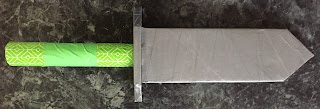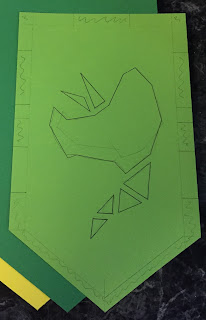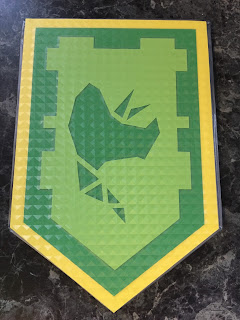When we bought our house, the tile back splash in the kitchen featured a pastel floral pattern. This dated pattern was definitely not our style, but we didn't want to go through all the hassle and expense of removing and replacing all the tile, so I got creative.
It is possible to paint tile and seal the paint to make it extra durable, but my solution was simpler and easier: contact paper. Available in an endless number of colors and patterns, contact paper can be easily cut with scissors and sticks to all sorts of surfaces.
The kitchen tile transformation was so great that I later covered the back splash tiles in our bathroom to give them an easy update and make the irregular pattern look even.
MATERIALS
- contact paper
- scissors
- ruler, measuring tape
- pencil
- exacto knife
(I did all the "easy" tiles first, then measured, cut, etc. the irregular ones.)
1. Decide whether you want to cover the entire tiles or just a part. Carefully measure your tiles or the height/width of the areas you want to cover.
2. Mark the measurements on the back of the contact paper. Remember to reverse any shapes that aren't square/rectangular, such as L-shapes. Double check your measurements and shapes. If your contact paper has a pattern that your hoping to match up, label your pieces so that you can keep track of where they go.
3. Carefully cut out the pieces of contact paper.
4. Apply the pieces of contact paper to the tiles by lining up the top edge and smoothing it downwards. Smooth out any wrinkles or air bubbles. Continue until you have all the pieces applied.
5. Use an exacto knife to carefully trim any edges that need adjustment. DONE!
BONUS TIP: If you have older outlet covers inset in your tile back splash, it can be hard to find modern replacements that fit the space. An easy way to update these covers is to remove them, wash them thoroughly, and spray paint them. You can also spray paint the tops of the screws, just poke them through a cardboard box so that the tops can be easily sprayed and the threads are protected from the paint. Allow all the paint to dry as per the manufacturer's instructions, then carefully replace the cover and screws.





















































